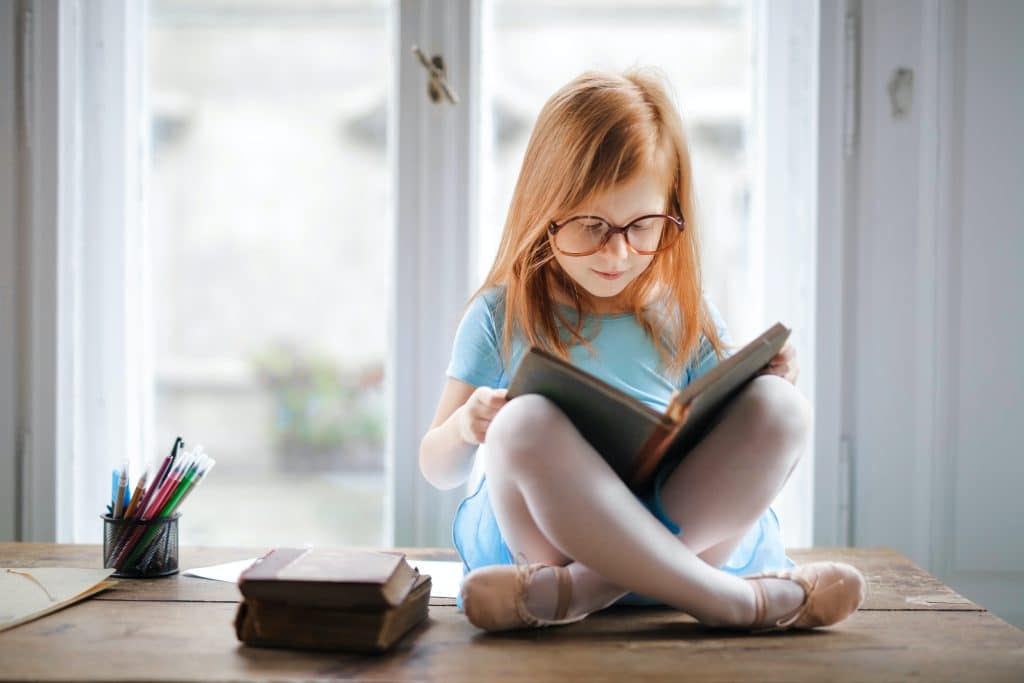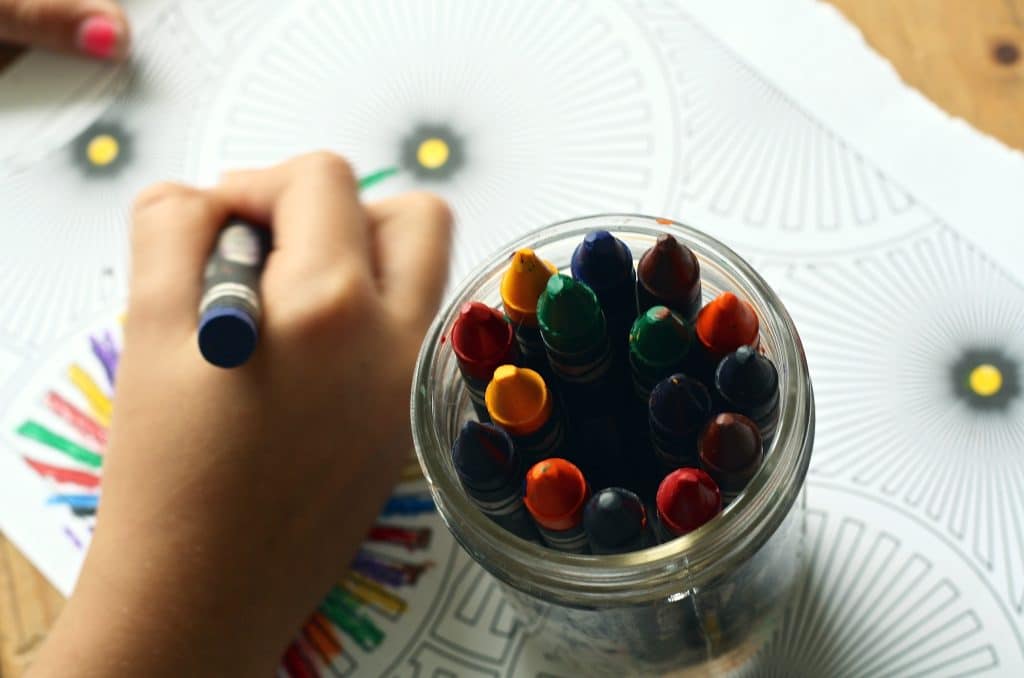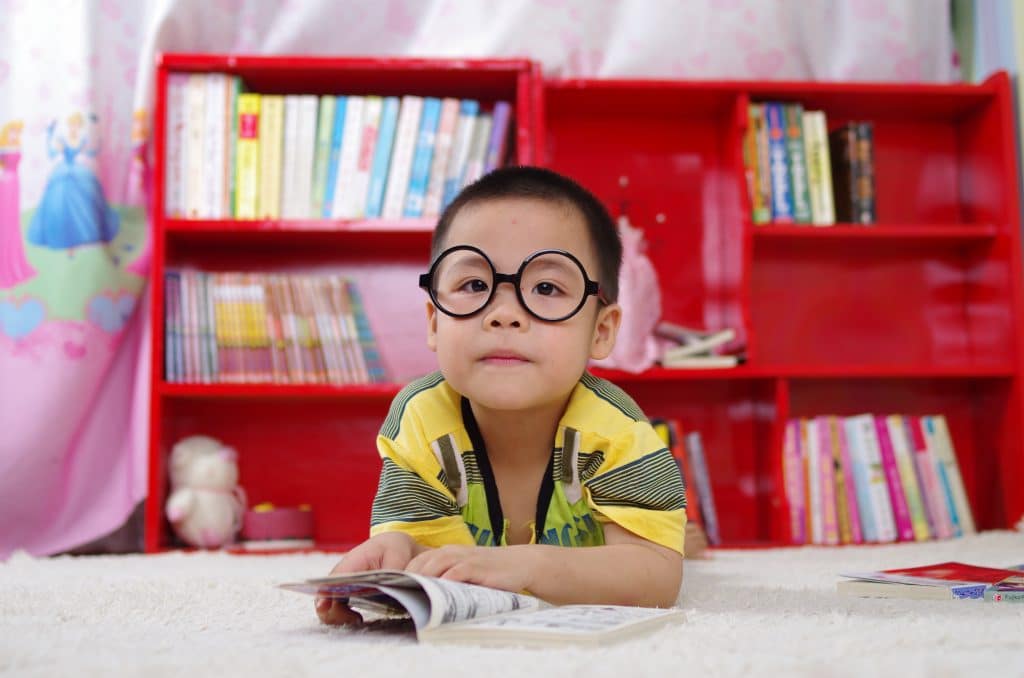In a groundbreaking new study, researchers have unveiled the 7 main types of learning disabilities that affect millions of children worldwide. This exciting revelation promises to be a game-changer for parents and caregivers, offering a roadmap to better understand and support their children’s unique needs. According to the study, a staggering 1 in 5 children in the United States alone struggles with some form of learning disability, making this discovery a crucial step towards empowering families with the knowledge and strategies to help their children thrive. As experts eagerly share the details of these 7 learning disability types, parents and educators alike are preparing for a revolutionary shift in how we approach and overcome these challenges.
Table of Contents
Dyslexia
Firstly, let’s talk about dyslexia, a term you’ve likely heard before. It’s one of the most common learning disabilities, affecting how kids process written words. But it’s more than mixing up letters or reading a word backward. It’s about how the brain interprets and processes language. For instance, a child with dyslexia might struggle with spelling, reading quickly, writing words, “sounding out” words in the head, and pronouncing words when reading aloud.
Supporting a child with dyslexia often involves specialized reading instruction and tutoring. This can help them learn to recognize and isolate the sounds in words, which can improve reading fluency and comprehension.
Dysgraphia
Next on our list is dysgraphia, a disability that affects a child’s writing abilities. This isn’t about sloppy handwriting but the struggle to express thoughts in writing. Kids with dysgraphia may have trouble with consistent letter formation, spacing, spelling, and writing organization.
Occupational therapy can be beneficial for kids with dysgraphia. It helps improve the fine motor skills necessary for writing. Moreover, providing accommodations such as extra time for written tasks or the use of a computer can make a significant difference.

Read more: 3 Things Like Dyslexia in Kids
Dyscalculia
Dyscalculia, another learning disability, affects a child’s ability to understand numbers and math concepts. Kids with dyscalculia may struggle to grasp number-related concepts, tell time, or use money. It’s like trying to solve a puzzle with missing pieces — the whole picture doesn’t make sense.
Supporting a child with dyscalculia involves using visual aids, manipulatives, and practical examples to teach math concepts. This hands-on approach can help make abstract ideas more concrete.
Auditory Processing Disorder
Now, let’s discuss auditory processing disorder, a condition that affects how the brain processes sounds. Kids with this disorder may struggle to follow spoken instructions, distinguish similar sounds, or focus in a noisy environment.
Strategies to support these kids often include using visual aids to supplement verbal instructions, reducing background noise, and using assistive technology.
SPONSORED BY: Goally
Goally’s Kid’s Tablet has one of the largest libraries of skill-building videos (like “How to Share” and “What To Do When You’re Lost”) in the Goal Mine app.👇
Language Processing Disorder
Language processing disorder is a learning disability that affects a child’s ability to express and understand language. For these kids, having a conversation can feel like trying to tune into a radio station with a lot of static — they might catch bits and pieces but not the whole message.
Speech and language therapy can benefit kids with this disorder. It helps them develop stronger communication skills and understand the nuances of language.
Nonverbal Learning Disabilities
Nonverbal learning disabilities affect a child’s ability to interpret nonverbal cues like body language, facial expressions, and tone of voice. It’s like trying to read a book in a foreign language — you can see the words, but they don’t make sense.
Therapies focusing on social skills and adaptive behaviors can benefit kids with nonverbal learning disabilities. This can help them better understand and respond to nonverbal cues.

Read more: Lists of Learning Disabilities | 3 Most Common
Visual Perceptual/Visual Motor Deficit
Lastly, we have visual perceptual/visual motor deficit, a learning disability that affects a child’s ability to make sense of information taken in through the eyes. This is different from problems involving sight or sharpness of vision. Difficulties may include issues with eye-hand coordination, reading, and skipping words or lines when reading.
Occupational therapy and vision therapy can significantly help kids with this disorder. It can help improve their visual perception and visual motor skills, making tasks like reading and writing easier.
Goally | Apps To Support Child Development
Looking for fun ways to help your child learn life skills? Try Goally! The Goally tablet comes with award-winning learning apps and video classes to help kids develop the skills they need to become independent with FUN & evidence-based practices.

Our apps teach executive function, language, emotional regulation, finger dexterity skills, and more.
As your child develops new skills, you can increase the difficulty level of the tasks in the app to challenge and motivate them even further. This helps your child grow and progress at their own pace, while also keeping them engaged and excited about their development.

To Wrap Up
Understanding the seven main types of learning disabilities – dyslexia, dysgraphia, dyscalculia, auditory processing disorder, language processing disorder, nonverbal learning disabilities, and visual perceptual/visual motor deficit – can offer us a roadmap to better support our kids. Recognizing these conditions and their signs can help us tailor our approach to their unique needs, providing them with the tools they need to thrive. Remember, each child is unique, and their journey will be too. As we empower them with understanding and strategies, we’re helping them navigate their world with confidence and resilience.
FAQs About the 7 Main Types of Learning Disabilities
What are the characteristics of Dyslexia? Dyslexia primarily affects reading, with individuals struggling to recognize words, spell correctly, and understand the written text.
How does Dysgraphia impact learning? Dysgraphia impacts a child's writing skills, causing issues with fine motor skills, illegible handwriting, and inconsistent spacing between letters and words.
What does a Language Processing Disorder entail? A Language Processing Disorder involves difficulty understanding and formulating language, affecting a child's ability to express themselves and understand others.
What is Dyscalculia? Dyscalculia is a learning disability characterized by difficulty understanding numbers, performing mathematical calculations, and grasping basic math concepts.
How does Visual Perceptual/Visual Motor Deficit affect learning? Visual Perceptual/Visual Motor Deficit can interfere with a child's ability to perceive or interpret visual information correctly, leading to difficulties with reading, writing, and understanding spatial relationships.
This post was originally published on April 28, 2023. It was updated on February 17, 2024.

Goally
We help parents teach their kids life skills, like doing bedtime and morning independently. Backed by science, we incorporate evidence-based practices and expert-informed designs in all of our apps and content.






